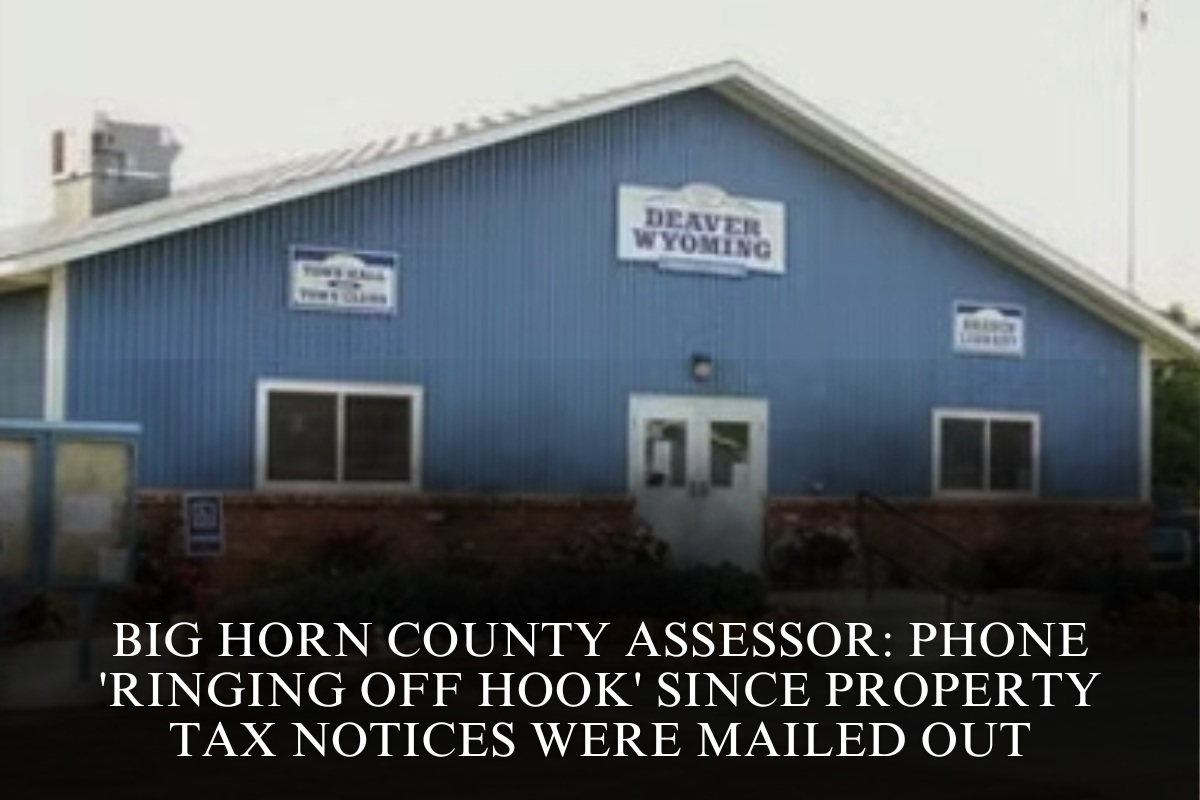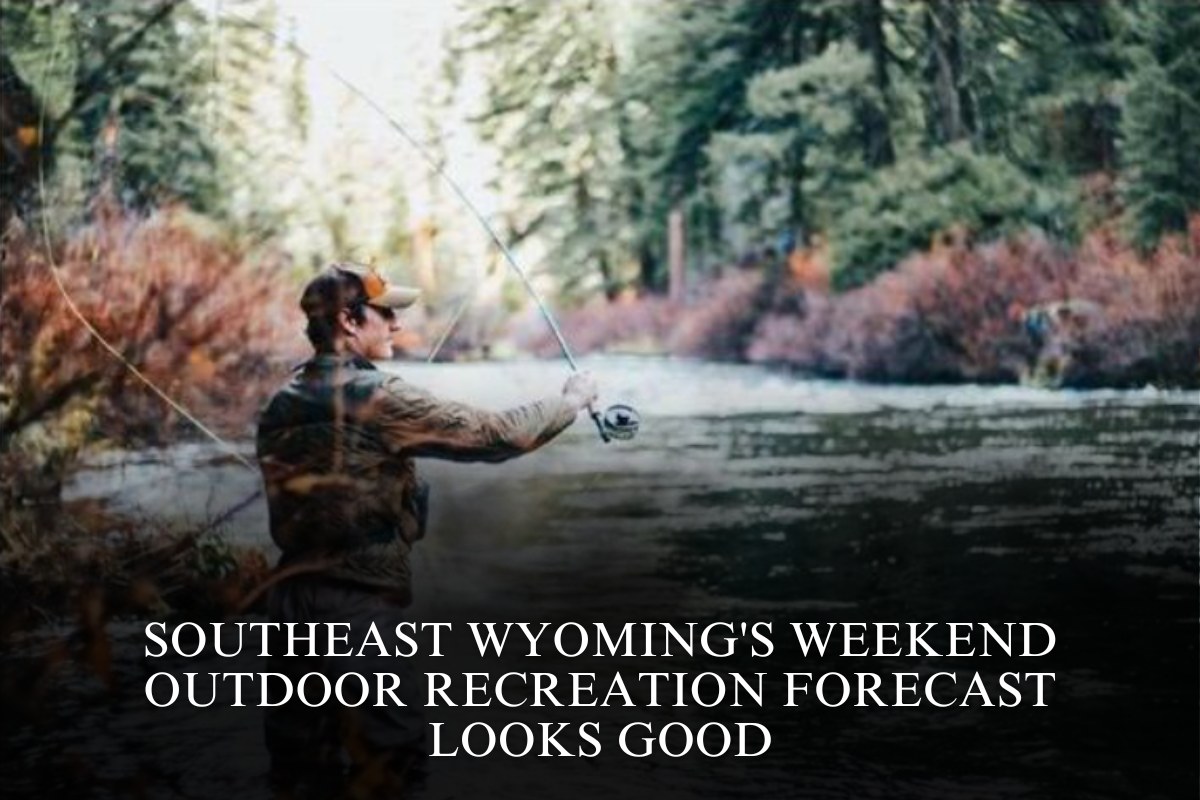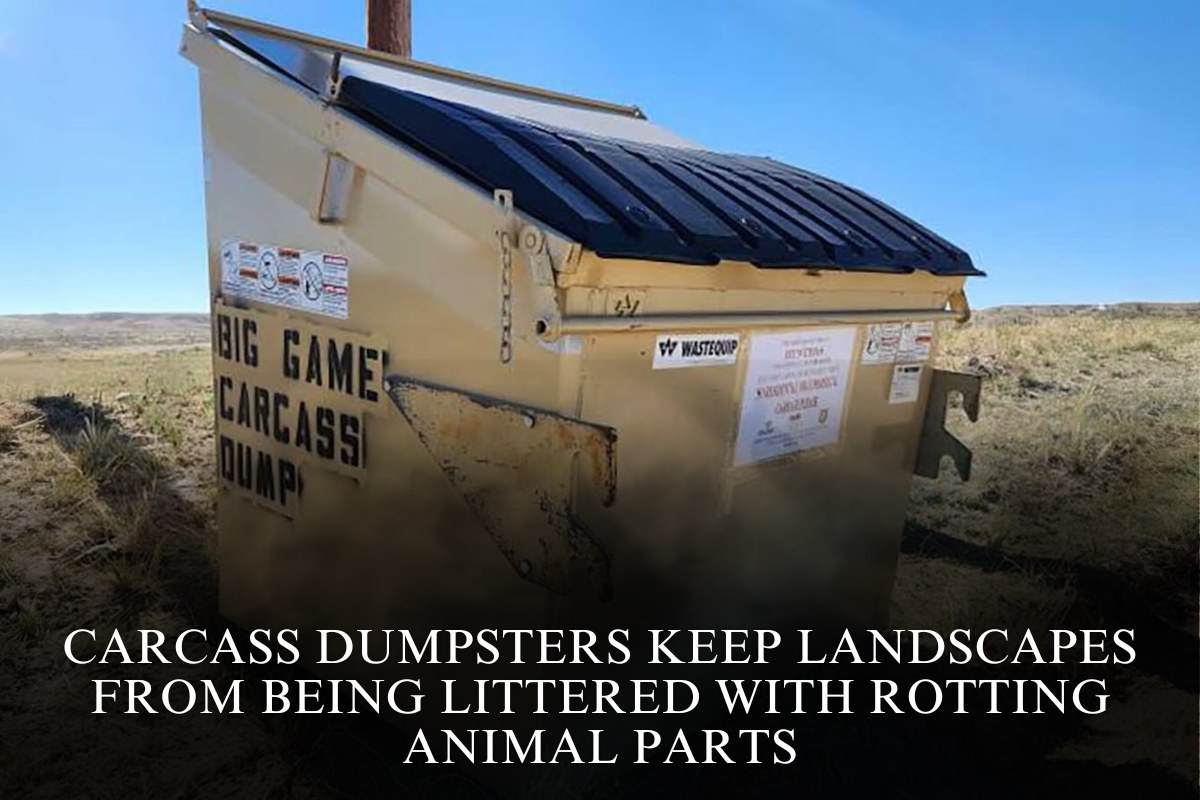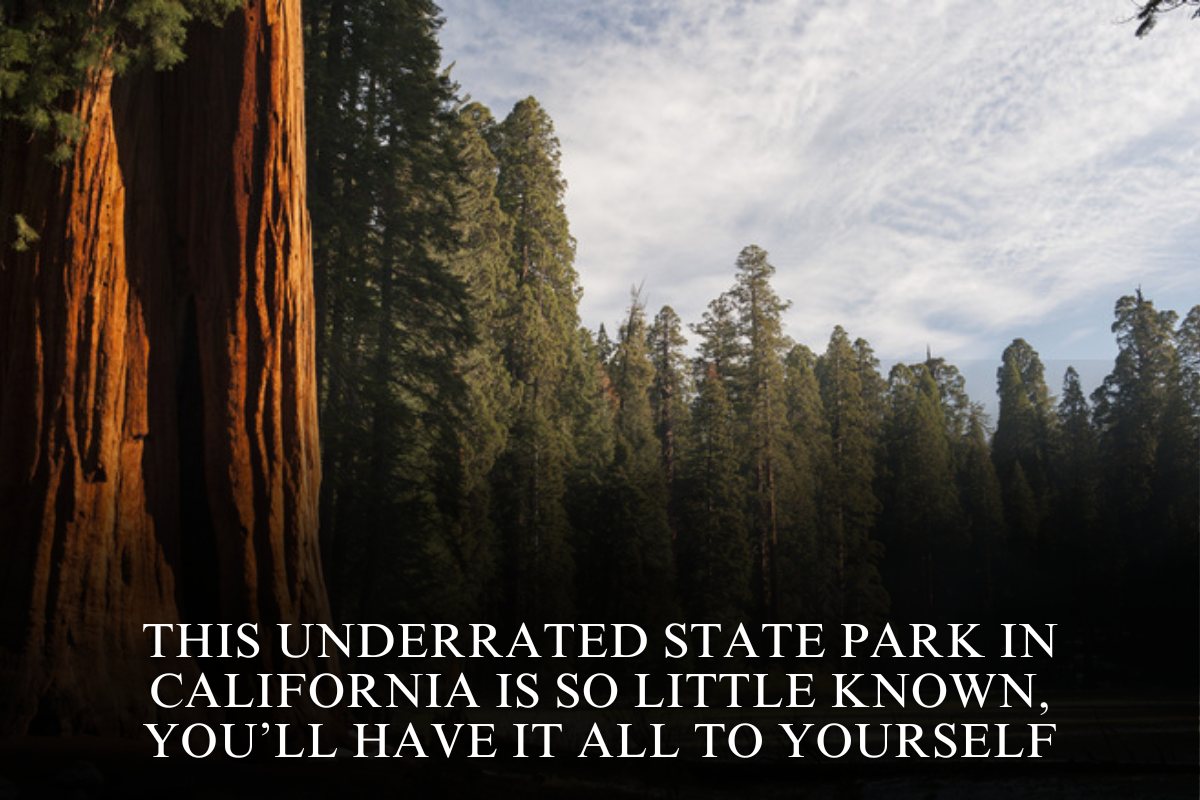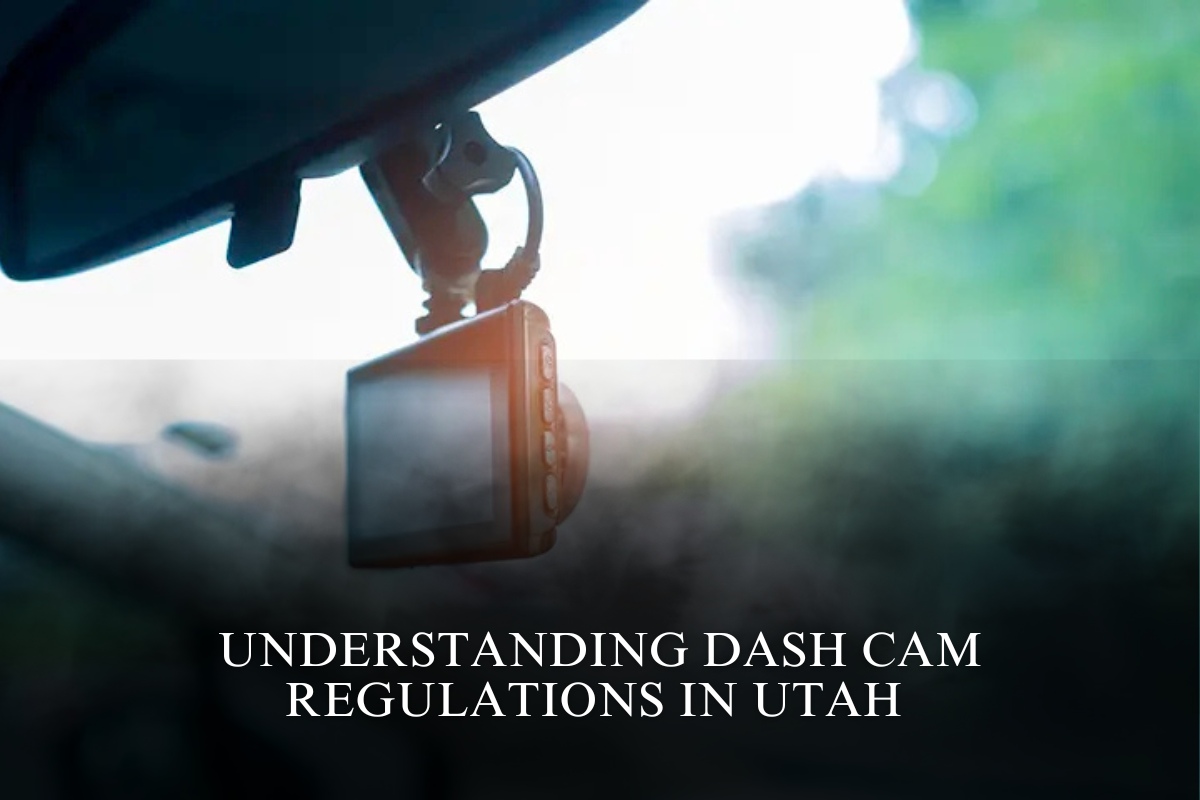As of Wednesday afternoon, a wildfire in the Wyoming Range west of Pinedale had spread to more than 1,300 acres, five days after being started by a lightning strike.
Though the fire is large for the time of year, a U.S. Forest Service spokesperson and the Wyoming State Forester told WyoFile that it was not an early sign of a difficult fire season.
Instead, they blamed the fire’s spread on a surplus of dead and downed trees in that part of the Wyoming Range, as well as the area’s high elevation, where conifer trees and other plants have not accumulated as much moisture for a spring “green up” as they have in Wyoming’s valleys and plains.
The Horse Fire, as it is known, has not displayed extreme fire behavior or made any large, dramatic runs, which can quickly increase the size of a fire, according to Bridger-Teton National Forest spokesperson Mary Cernicek.
The fire has forced the closure of portions of several forest service roads in the area, including Horse Creek Road, for public safety and due to heavy traffic from firefighters and equipment.
Firefighters also wrapped a historic fire lookout post on Prospect Peak in a layer of fire shelter material, which is a mix of aluminum and other materials that firefighters will use as a last resort if trapped by flames. Aside from the lookout, there appears to be no significant threat to structures.
Cernicek said the fire is burning in conifer forests and meadows at an elevation with a few patches of snow on the ground. However, the flames have grown in intensity most afternoons, as have the winds, she added.
The area is currently listed as moderate fire danger, but on June 13, the day the fire started, it was listed as low fire danger.
However, this does not rule out the possibility of fires starting and spreading. “The misconception is that if there’s a low fire danger, there’s no chance of fire,” Cernicek said, but “it started in just perfect conditions” for a fire, even if the overall risk of rapid spread was low.
According to the Horse Fire Inciweb page, 208 people are working on the fire, which includes hot shot crews, helicopters, and fire engines. Inciweb is a government website that posts fire updates throughout the year.
Cernicek stated that the approach has been “full suppression” since its inception. Tough terrain and thick downed trees have made firefighters’ jobs more difficult, necessitating a strategic suppression strategy, she explained. As of 5 p.m. on Wednesday, Inciweb reported that only 6% of the fire’s perimeter was contained.
Cernicek stated that because it is early in the season and the West is not yet dealing with large or dangerous wildfires, there are plenty of personnel and resources available.
State Forester Kelly Norris told WyoFile that early spring and fall fires are common in western Wyoming mountains. Worse fires occur in the fall, when spring’s new growth dries out and becomes combustible.
The fire that occurred in June “is typical and is going to continue to be typical in that area just because of the amount of dead trees we have in those forests,” according to Norris.
She anticipated an aggressive response to the Horse Fire. “It’s not the easiest place to go full suppression … but our expectation is for firefighters to make a point to put that out,” she told the crowd.




